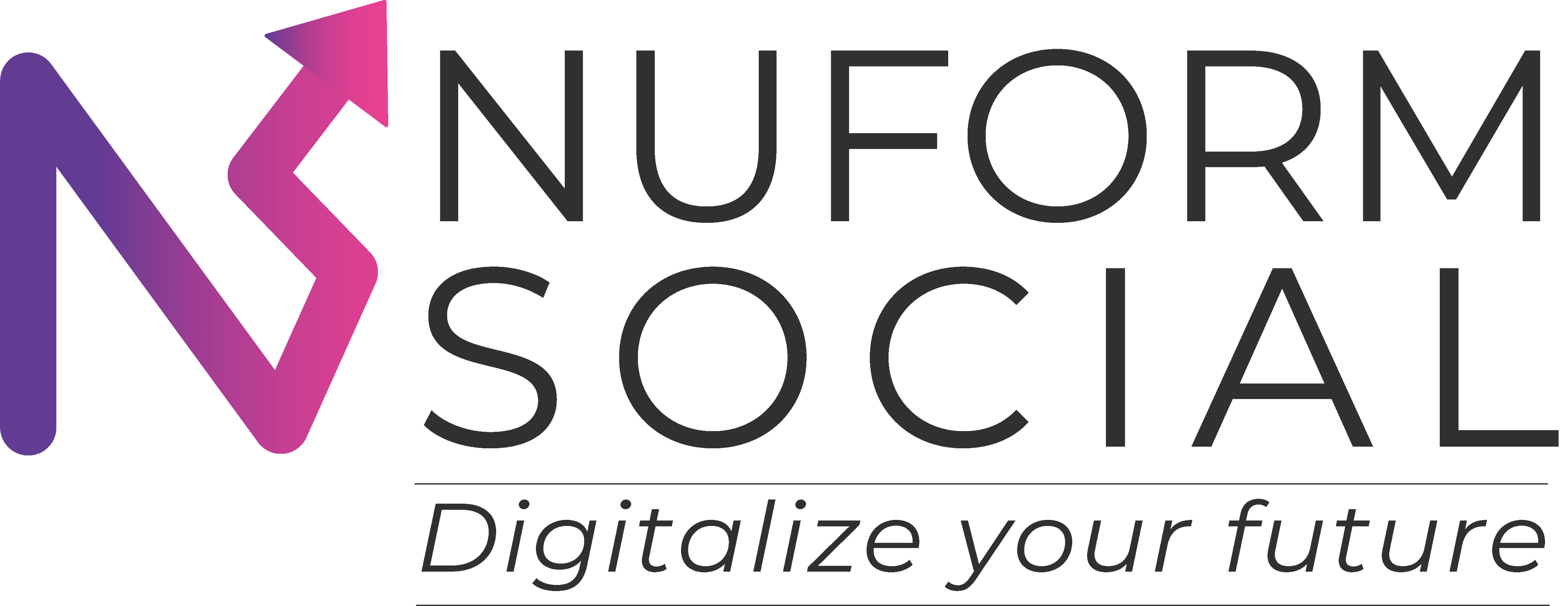Mastering Ad Groups in Google Ads: Step-by-Step Keyword Grouping for Smarter Campaigns
Pay-per-click (PPC) advertising is a powerful digital marketing strategy where advertisers pay each time their ad is clicked. It’s a fast and measurable way to drive traffic to your website. However, the success of any PPC campaign largely depends on how well your ads are structured and targeted.
One of the most important elements of a successful PPC campaign is the “ad group.” Ad groups help organize your ads around a common theme and ensure your message is delivered to the right audience. They influence everything from Quality Score to ad relevance, ultimately affecting how much you pay and how well your ads perform.
In this blog, we’ll explore what ad groups are, how they work within platforms like Google Ads, and how to create, optimize, and manage them effectively. You’ll also learn how to research keywords, write compelling ad copy, segment your audience, and track performance for maximum return on investment.
What Is an Ad Group?
An ad group in PPC is a container for one or more ads that target a shared set of keywords. Each PPC campaign is made up of multiple ad groups, and each ad group contains its own set of keywords, ads, and landing pages.
In platforms like Google Ads, ad groups help advertisers control the messaging and targeting of their ads. For instance, a bookstore running a Google Ads campaign might create separate ad groups for “fiction books,” “non-fiction books,” and “children’s books.” Each ad group would include keywords and ad copy specific to those categories.
Ad groups are crucial because they allow you to:
- Align your ads with specific search queries
- Improve Quality Score by increasing ad relevance
- Manage bids at the keyword or group level
- Streamline campaign organization and reporting
By structuring your campaign into focused ad groups, you ensure your ads are more relevant to the searcher’s intent, which increases the chances of clicks and conversions.
How Ad Groups Affect PPC Campaign Performance
Well-structured ad groups significantly influence your PPC campaign’s effectiveness. They directly impact several key performance indicators:
Quality Score (QS): Google uses QS to determine the relevance of your ads, keywords, and landing pages. Higher scores lower your cost-per-click (CPC) and improve your ad positions.
Ad Relevance: When keywords, ad copy, and landing pages are aligned within an ad group, your ad relevance improves. This increases the likelihood of attracting the right audience.
Cost Efficiency: Relevant ads get higher Quality Scores, which in turn can reduce CPC. By paying less for each click, your return on ad spend (ROAS) increases.
Conversion Rates: Users are more likely to convert when they see ads that match their search intent and are taken to a landing page that delivers on the promise.
Aligning the message between your keyword, ad copy, and landing page enhances the user experience. This consistency builds trust and encourages users to take the desired action—whether it’s making a purchase, filling out a form, or subscribing to a service.
How to Find Keywords for Your Ad Group
A. Build Your Initial Keyword List
Start with your core offerings. Think about the main products or services your business provides. These become your base keywords.
For example, if your business sells water safety gear, you might begin with terms like:
- Life jackets
- Waterproof flashlights
- Emergency whistles
Add brand-specific terms and category-related keywords to broaden your reach. Use tools like Google Keyword Planner or free alternatives to build a larger list.
B. Identify Keyword Intent
Search intent refers to the reason behind a user’s query. Understanding this helps you match the right keyword to the right ad.
- Informational: “What is a life jacket?”
- Navigational: “XYZ brand life jackets”
- Commercial: “Best life jackets for kayaking”
- Transactional: “Buy adult life jackets online”
Use filters in keyword tools to segment keywords by intent. Focus on transactional and commercial intents for higher conversion potential, while using informational intent to build awareness.
Organizing and Segmenting Your Keywords
A. Segment Keywords by Match Type
- Broad Match: Shows ads for related searches. Use to reach a wider audience.
- Phrase Match: Targets exact phrases or close variations. Balances reach and relevance.
- Exact Match: Triggers ads only when the exact term is searched. Best for high-converting terms.
Choose based on campaign goals. Use exact matches for best performance, and broad matches to discover new opportunities.
B. Group Keywords by Theme or Topic
Group related keywords together. For instance, terms like “adult life jackets,” “life jackets for men,” and “women’s flotation devices” belong in one group.
Use tools to filter and sort keywords by volume and theme. Keyword grouping improves ad relevance and lowers CPC because ads and landing pages are tightly aligned.
Creating and Managing Ad Groups in Google Ads
Creating an ad group in Google Ads is straightforward:
- Choose your campaign
- Click on “+ Ad Group”
- Name your ad group
- Select the type: Standard (you write the ad) or Dynamic (Google creates the ad based on your site)
- Enter your keywords
For example, if you sell life jackets, an ad group named “Adult Life Jackets” could include keywords like “men’s life vests,” “life jackets for adults,” and “buy adult flotation gear.”
Align your ad copy and landing pages with this theme to improve performance. Always preview the ad to ensure clarity and relevance.
Writing Responsive Search Ads for Your Ad Group
Responsive Search Ads (RSAs) allow you to enter multiple headlines and descriptions. Google tests combinations to find the best-performing version.
Required Fields:
- Final URL: Landing page URL
- Display Path: Shortened visible link
- Headlines (3–15): Example: “Top Rated Life Jackets,” “Free Shipping on Orders Over $50”
- Descriptions (2–4): Highlight benefits and features
Tips:
- Use different selling points in each headline
- Avoid repetitive messaging
- Include keywords naturally
- Follow Google’s ad strength recommendations
Fine-Tuning and Optimizing Your Keyword List
A. Use Negative Keywords
These prevent your ad from appearing for unrelated searches. For example, if you sell adult life jackets, you may want to exclude terms like “dog life jackets.”
Use tools to discover negative keywords. Add them manually or automate the process using cross-group negatives.
B. Adjust Match Types and Bids
Test various match types to see what converts best. Use automated bidding strategies (like Target CPA or Maximize Conversions) to optimize spend.
Continuously review your keyword performance. Pause low-performing keywords and test new variations.
Analyzing Competitor Keyword Strategy
Research your competitors to identify which keywords they’re bidding on. Tools like Google Ads’ Auction Insights or other competitive analysis platforms can reveal:
- Paid keyword lists
- Ad copy samples
- Average positions
Use this data to find gaps in your strategy. Add valuable competitor terms to your campaigns and test their effectiveness.
Refine your keyword list and ad copy to be more compelling than your competitors’ ads.
Exporting and Organizing Keyword Lists
Once your keyword list is ready, export it in CSV format. This makes it easy to upload to platforms like Google Ads.
Organize keywords into ad groups with clearly defined themes. For large campaigns, use naming conventions to keep your structure clean.
For example:
- Ad Group: Adult Life Jackets
- Campaign: Summer Safety Gear
- Match Type: Exact
This structured approach simplifies performance tracking and campaign optimization.
Conclusion
Ad groups are the foundation of any well-structured PPC campaign. By organizing your ads around tightly themed keyword sets, you improve relevance, reduce costs, and increase conversions.
This guide covered everything from understanding what ad groups are to keyword research, segmentation, ad creation, optimization, and tracking.
To get the most from your ad spend:
- Build strong keyword lists
- Segment by intent and theme
- Write compelling responsive ads
- Use negative keywords wisely
- Monitor and optimize continuously
With a thoughtful ad group strategy, you’ll boost your PPC performance, attract better-qualified traffic, and achieve higher ROI. Start building smarter ad groups today and watch your PPC campaigns thrive.






